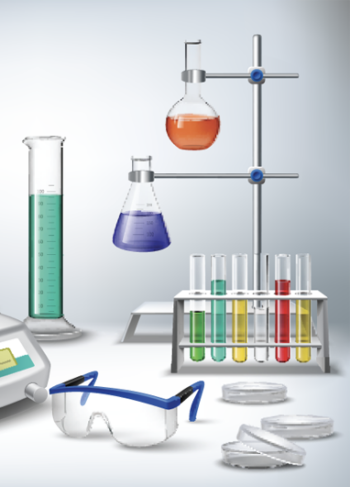Structure of Matter Science Games
8 gamesIn this series of games, your students will learn that matter of any type can be subdivided into particles that are too small to see, but even then the matter still exists and can be detected by other means. Structure of Matter learning objective — based on NGSS and state standards — delivers improved student engagement and academic performance in your classroom, as demonstrated by research.
Scroll down for a preview of this learning objective’s games and the concepts.
Concepts Covered
Matter includes all of the substances that make up the universe. Matter is anything that has mass or volume. The mass of a substance is the amount of matter that it has. The volume of a substance is the amount of space that matter occupies. Matter can be divided into tiny particles that are too small to be seen. Even though the particles of matter are too small to be seen, they still exist and can be detected by other means. The air in the world around us is made from matter particles too small to be seen that are moving freely around in space.
The three common states of matter on Earth are solid, liquid, and gas. In a solid, the particles of matter are closely-spaced. Solids have a definite shape and volume. In a liquid, the particles of matter are loosely joined together. Liquids have a definite volume. In a gas, the particles of matter can move freely. Liquids and gases will take the shape of the container that holds them. Gases do not have a definite volume.
A preview of each game in the learning objective is found below.
You can access all of the games on Legends of Learning for free, forever, with a teacher account. A free teacher account also allows you to create playlists of games and assignments for students and track class progress. Sign up for free today!






